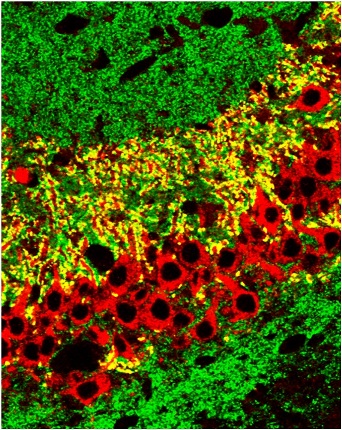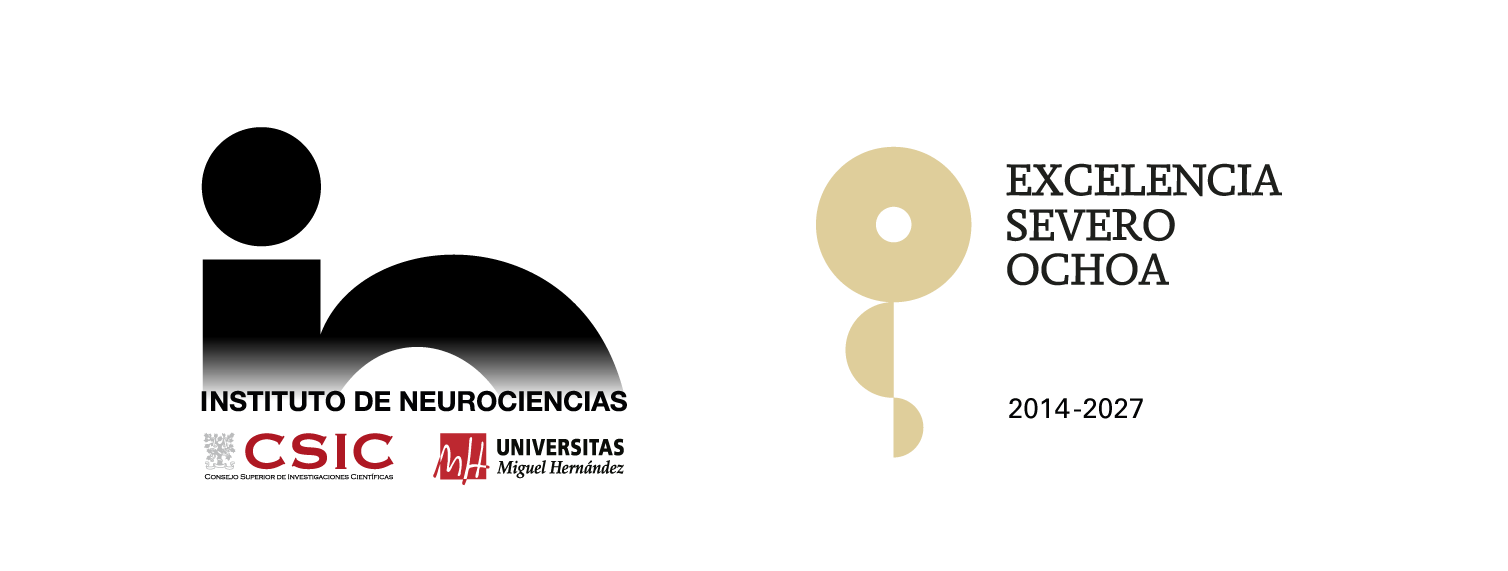A new gene involved in Autism
8 de October de 2015
Researchers from the Instituto de Neurociencias at Alicante, joint centre of the Consejo Superior de Investigaciones Científicas and the Universidad Miguel Hernández, demonstrate that the alteration of the expression of GRIK4, a gene that encodes a subunit of a receptor involved in neuronal communication, reproduces autistic behaviors. These data are published today in the Journal of Neuroscience.

The understanding of brain diseases requires the definition of the molecular, synaptic and cellular disruptions underpinning the behavioral features that define the disease. The importance of genes related to synaptic function in brain disease has been implied in studies describing de novo germline mutations and copy number variants. Indeed, de novo copy number variation (deletion or duplication of a chromosomal region) of synaptic genes has been recently implicated as risk factors for mental retardation or autism. Amongst them is GRIK4, a gene coding for a glutamate receptor subunit of the kainate type, which is involved in synaptic communication between neurons. Researchers of the Institute of Neuroscience have generated a transgenic mouse that overexpress the murine version of GRIK4 in the forebrain and found that they display social impairment, enhanced anxiety and depressive states, all behaviours seen in autism spectrum disorders. In addition, these behaviours were accompanied by altered synaptic transmission in brain structures associated to social behavior. “These mice could be used as a tool to improve the diagnosis and test specific treatments aimed at the normalization of the neuronal transmission and altered behavior, given the characteristics related to autism spectrum disorders these mice present”, says Isabel Aller, first author of this work. In fact, an atypical antidepressant, such as Tianeptine, is able to reverse the depression but not anxiety in these mice, while fuoxetine (Prozac) has no effect. “It is quite remarkable that the duplication of a single gene in a limited area of the brain reproduces endophenotypes seen in autism, somehow mimicking the situation in humans diagnosed of autism” says Juan Lerma, director of this research. Together, these data indicate that a single gene variation in the glutamatergic system results in behavioral symptomatology consistent with autism spectrum disorders as well as in alterations in synaptic function in regions involved in social activity. Autistic features of these mice represent powerful tools for improving diagnosis and testing specific treatments targeting abnormalities in glutamatergic signalling related to autism spectrum disorders. Aller, M.I., Pecoraro, V., Paternain, A.V, Canals, S. And Lerma, J (2015) Increased dosage of high affinity kainate receptor gene grik4 alters synaptic transmission and reproduces Autism Spectrum Disorders features. Journal of Neuroscience ( In press)

 Español
Español